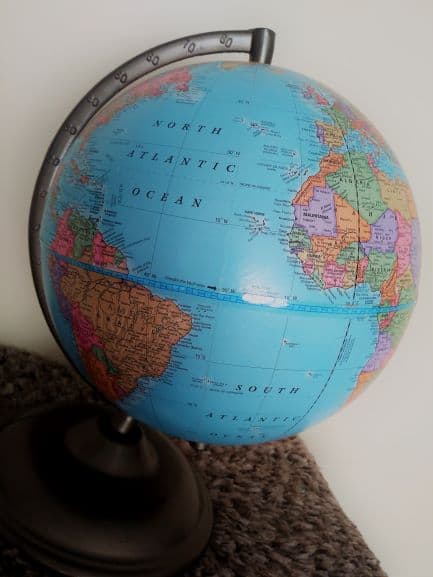
As we prepare to celebrate this country’s Independence Day, I started to think about the freedoms we have in this nation. How does this translate into access to physical therapy? How does it compare to access to physical therapy around the world?
Global Physical Therapy
A survey by the World Confederation for Physical Therapy in 2019 indicates that 58% of the 89 global respondents have direct access to physical therapy. Globally, there are 3,702 physical therapy entry-level education programs. However, there are significant disparities between high-income countries as compared to the developing world.
Developed Countries
Most higher-income areas, such as Canada, Europe, and Australia have strong education program-to-population ratios. These regions offer some combination of public and private coverage for physical therapy with a relatively low out-of-pocket expense. This translates to increased access, lower disability rates, and improved health of the population.
Developing Countries
The statistics on disability and healthcare in low-income countries, however, are staggering. Fifteen percent of the world’s population lives with some form of disability, and 80% of those live in developing countries. This number is on the rise due to an aging population, war-torn areas, and chronic disease spread. Two-thirds of the world’s strokes occur in developing countries. Compounding the problem, many of these regions hold a stigma against people with disabilities, limiting their education and employment opportunities.
Additionally, despite those thousands of PT programs, low-income countries have the lowest ratios of physical therapy education programs in relation to the size of the population.
Only 1-2% of individuals with disabilities in low-income countries receive rehabilitation services. How can we expect physical therapy to be a priority when even the most basic of health needs are not being met? So the ongoing cycle of poverty and disability continues.

Cultural Differences
Access to physical therapy can also be limited based on the culture of a country. For example, in some Middle Eastern countries, women and girls will experience discrimination or be kept completely segregated from men.
Religion may also impact access to healthcare, as some individuals may view their illness or pain as a test from God. Prayer becomes an important part of their approach to addressing their health needs as opposed to seeking active medical treatment.
Physical Therapy in The United States
We know that healthcare in the United States is flawed. There are racial and socioeconomic factors that can limit an individual’s access to healthcare, including physical therapy. We are not immune to poverty. Just as with other countries, if people don’t have the resources to provide their families with adequate housing or food, can we reasonably think that physical therapy will be their first concern? Also, there are rural areas in our country that are lacking in access to all kinds of healthcare. And even though referral rates are similar, Black Americans are less likely to access or pursue physical therapy services.
So what’s the good news? Racial inequities are being identified and addressed in all aspects of our culture right now. This will hopefully lead to improved access to all healthcare, including physical therapy services.
What else?
Education
Getting the word out about physical therapy can go a long way. Some of these communities don’t know what physical therapy has to offer. If we provide them and their healthcare providers with education, we can certainly increase their interest in accessing physical therapy services.
Telehealth
The use of telehealth services surged during the pandemic and is likely to stay; this can only improve access to individuals that would otherwise not pursue physical therapy or simply don’t have it in their area.
Community Outreach
There are amazing organizations out there focused on providing increased access to poorer or underserved communities and improving equity and access to physical therapy. Here are a few:
Alliance for Physical Therapy Quality & Innovation
Physical Therapy Licensure Compact
All 50 states have had direct access to physical therapy since 2015 (with various state-specific regulations involved), but now we have the PT Compact that is growing. If you are unfamiliar, the PT Compact is “an agreement between member states to improve access to physical therapy for the public by increasing the mobility of eligible physical therapy providers to work in multiple states.” There are currently 21 states that are actively issuing compact privileges and 12 additional states that have enacted legislation toward this deal.
Cash-Based Practice
A growing trend in physical therapy, cash-based practices may not help those who are limited by financial constraints but could certainly help those limited insurance restrictions that may interfere with an individual’s access to physical therapy.
Proud To Be An American
As you celebrate the 4th of July, take pride in, and be grateful for, the freedoms we are allowed in the United States, but don’t take them for granted. The beauty of our country is that it allows for us as citizens to work to make change where it is needed.

Recent Comments